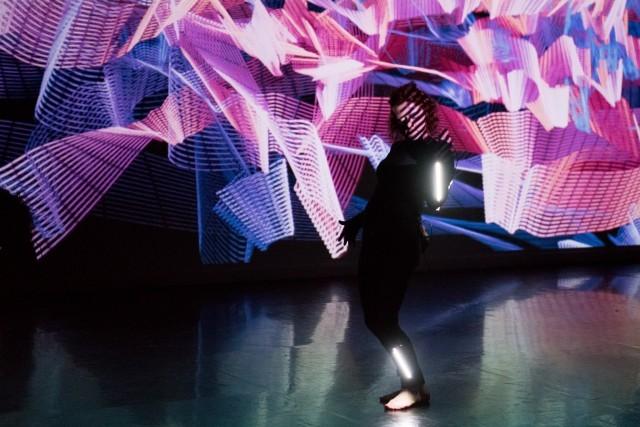
Photo by Mark Simpson
Intersection*ology, a collaboration between visual artist Lori Hepner (@lhepner) and musician Kendra Ross, lies at the “intersection between art, gender and technology”. With soundscapes, projected imagery, and dance, the performance evokes women’s experiences across time and place, from slave dungeons centuries ago in West Africa to the Women’s March on Washington in January. Vuo played a part in this intersectional-feminist piece, transforming light from LEDs worn by the performers into imagery projected in real time onstage.
@smokris and I had the privilege to talk with Kendra and Lori at the CREATE Festival in Pittsburgh, USA, where they performed a short version of Intersection*ology.
The title “Intersection*ology” combines “intersection” with “technology”. Technology is, of course, ubiquitous in the piece, and is mixed with the human element, with womanhood. Lori and Kendra wear LEDs on their bodies, and their movements make light-paintings on the projection. On top of soundscapes Kendra has made in Garage Band, she layers live improvised vocals.
Technology is also ubiquitous in the women’s lives glimpsed in the performance. Kendra explained that, from the first character in the piece, who used “a weapon technology which was the machete” to become a warrior, to “the digital technology of our last movement where we’re doing a protest where it was organized by women on Facebook”, Intersection*ology considers “the way technology impacts how women are able to empower themselves, how it allows for agency.”
“I live my life sort of thinking about technology as a tool but also as a part of my identity,” said Lori.
Photo by Mark SimpsonThe idea of light-painting with wearable LEDs grew out of some of Lori’s previous work, including abstract photographs of tweets.
“I’ve been doing some other artwork before this that used LEDs and long-exposure photography, where I was putting my photographs of Arctic landscapes onto a big LED stick and then kind of abstracting those in the studio through movement in time,” Lori said. “But I didn’t have a real-time way to do it. It was just like, leave your camera open for 10 seconds, close it, go see what it looks like. And so I had wanted to do something that had that real-time part of it, but it took a while to find the right technology to do it.”
After “googling my head off for a couple days”, Lori found Vuo, and “it was really exactly what we needed.” The real-time element, she said, “is what makes the piece.”
Lori explained how she set up the chain of technology that makes the light-painting work. During the performance, she and Kendra wear devices “based on some LED sticks that a makerspace makes.”
“We had to lasercut little cases for them, because after we started working, we realized that Kendra’s arms made them bend more than mine did.” (Flexing her bicep, Kendra joked, “Got the guns!”)
“They’re Raspberry Pi driven, so there’s a board that connects to the LEDs.” Holding up a controller, Lori said, “This is the ugly trigger… I can load up different pictures, go back and forward, and I can also make it go faster or slower. So what’s happening is that there’s a USB of JPEGs that it sees, and basically I’m just scrolling through different JPEGs.”
Flipping through some images, Lori explained, “The first couple ones of mine, these blue ones, are sky photographs. You don’t actually know that that’s a sky photograph.” Still, Lori and Kendra put some thought into the images they chose. “We were going back and forth of what images Kendra would be inspired by, and then I was trying to take some of those and alter them in Photoshop a little bit.”
“There’s a webcam facing the stage and it’s basically seeing what we’re doing with the LEDs… seeing the movement and capturing it and kind of making it stop, and so then we can keep all the trails.” Vuo is the “finishing piece of what made the piece actually work.” It processes the images from the webcam to make different kinds of trails and “words that come up through our movements.” The processed video is projected back onto the stage in real time.
“All the projection is Vuo, and I also have it recording. I like being able to have the screen capture… because then we’re able to see what images we were making with these [LEDs] without having ourselves in it.”
Photo by Mark SimpsonLori and Kendra met at a workshop for artists in Pittsburgh and continued getting together monthly with a group of local artists. When they heard about a residency program at the Kelly Strayhorn Theater, which was looking for artists who hadn’t collaborated before and would incorporate new media technology into their work, they applied together and got the residency.
“I didn’t really know what we would do with this until we actually got in the residency,” said Kendra. “When we were writing, I’m like, it’ll be something about women. But we kind of made it as we went along.”
Political and social movements shaped Intersection*ology as it came into being. Lori remarked that the piece was “inspired by the Women’s March [on Washington] and everything that’s happened since January… I’m not sure if we would be doing the same exact thing if the world hadn’t transpired the way it did.”
Kendra and Lori’s residency culminated in March with a performance of Intersection*ology at the Kelly Strayhorn Theater.
Image by Lori HepnerLori and Kendra have received a grant to continue working on Intersection*ology. Lori said, “Part of it’s bringing in people in the community around us and asking for their opinion, so like, doing a workshop with the community and having them make protest signs, or having them actually do some of the light painting using their own images, having them be able to basically text their image from their phone to some sort of online database that we can pull from during the performance… We want technology to engage people.”
Kendra added, “People always say we’re going to give women a voice, but women already have a voice, we want to give them the mic, so this is about sharing the mic, and I think that’s what technology has enabled.”
In addition to developing Intersection*ology, Kendra and Lori both have plenty of other projects. Kendra is working on an album, pursuing a doctoral degree in community engagement, and working full-time in music business. Lori, in addition to her art and teaching, is starting the River Route Residency, a series of outdoor retreats for artists and art supporters.
Lori has incorporated Vuo into her teaching at Penn State University and hopes to do more with it. In demonstrating light painting to her students, she’s found that they prefer using Vuo over long-exposure photography because “they liked to be able to have that real-time seeing-what’s-happening.”
“I’m trying to get together with another faculty member who’s engineering. We’re hoping to propose a new class where we can have the students build LED devices and then actually use them to do some of the light-painting art projects with them… I think that would be a great place to use this with Vuo… and really integrate it in and also allow them to actually use the software, not just like, ‘Here’s what I have already made set up,’ but like, ‘Here’s the software, make something.’”
Photo by Neil Richmond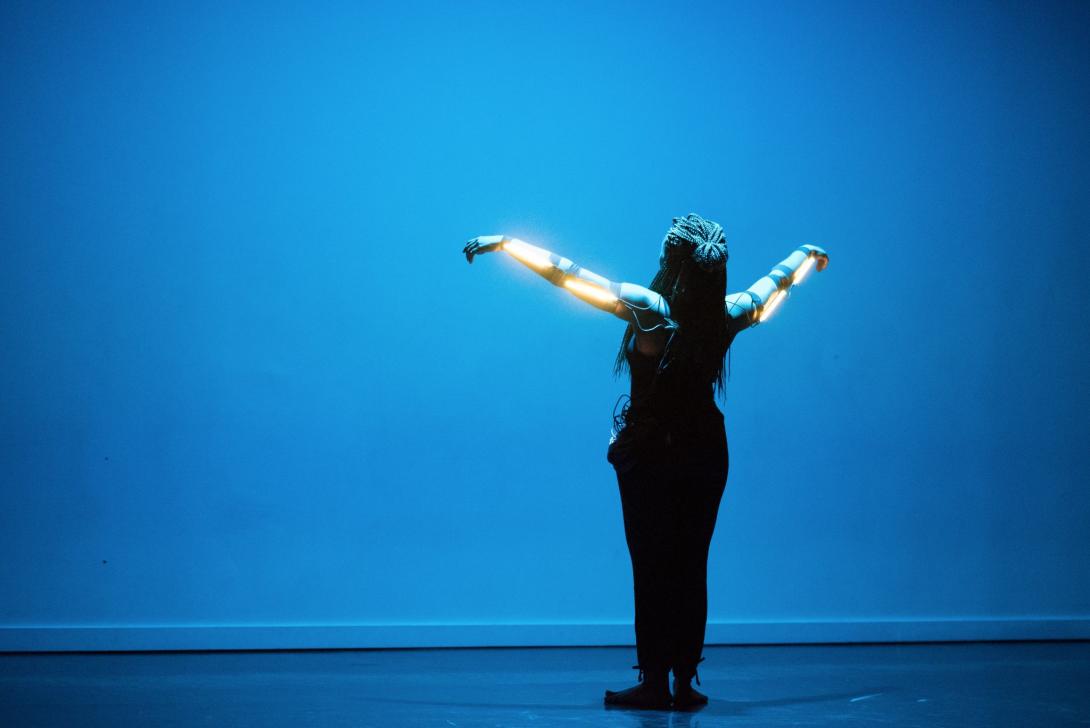
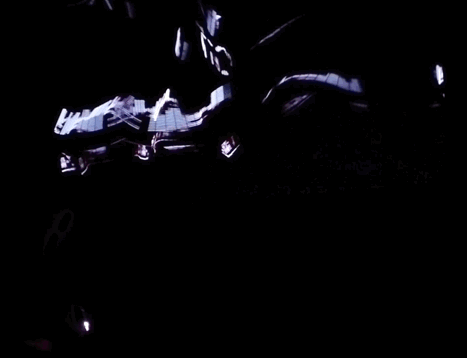
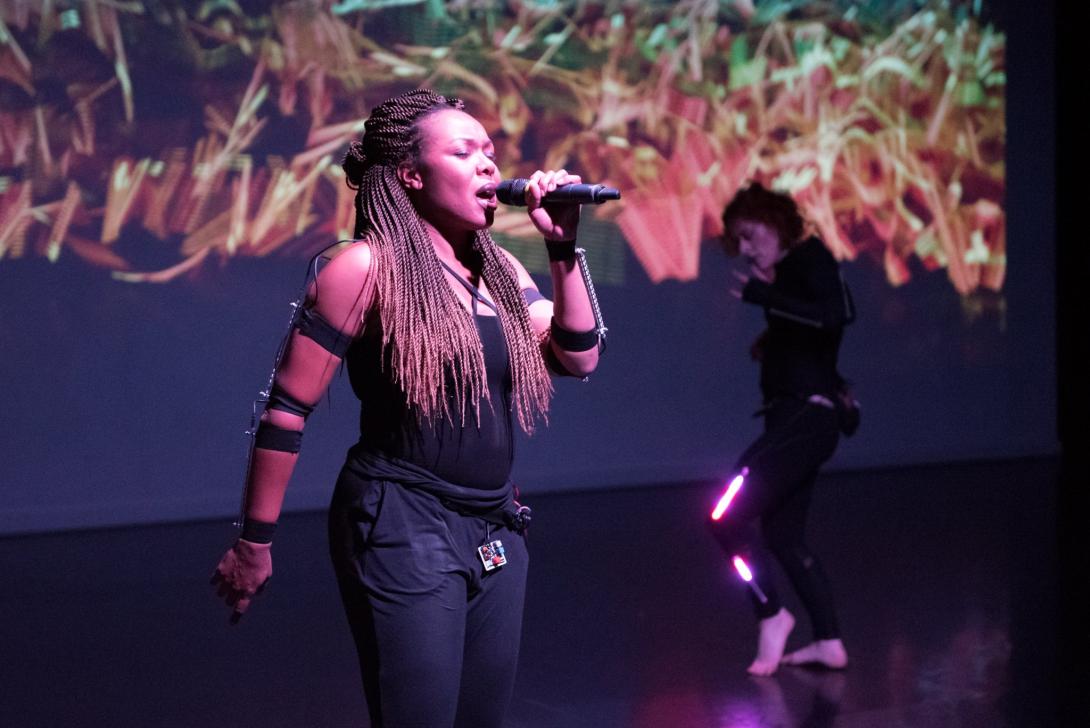
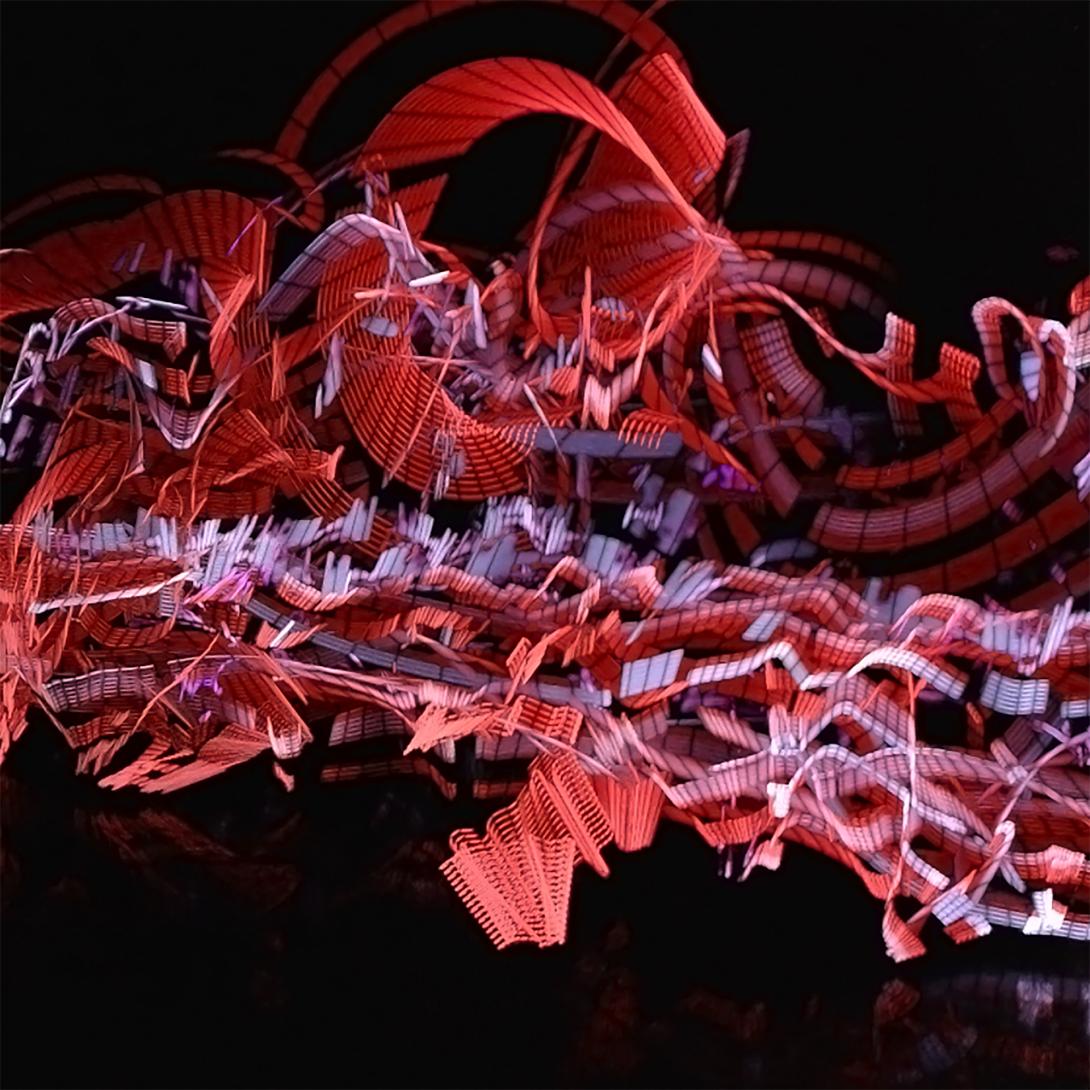
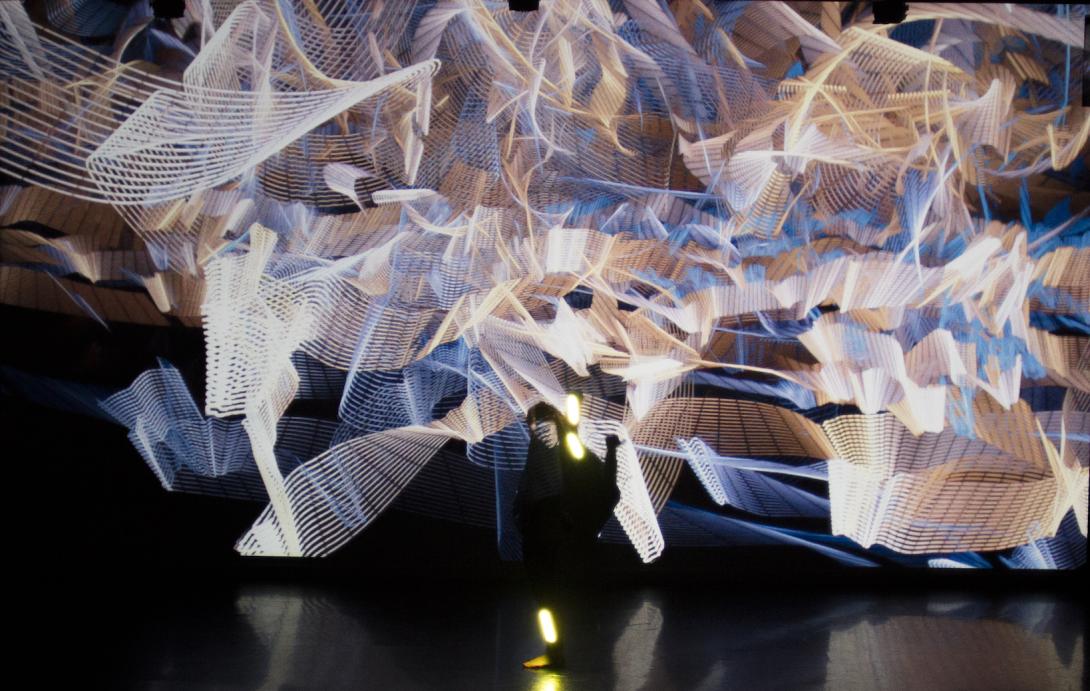
Comments